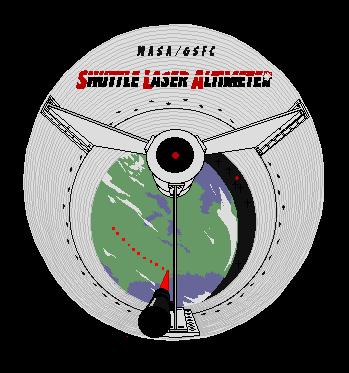SLA-02
Shuttle Laser Altimeter II
STS-85 launched August 7 and landed August 18, 1997

 SLA-02 Data Products
SLA-02 Data Products 
First Science Results
Download SLA-02 Ground Track Data
SLA-02 Ground Track Maps
Individual Observation Period Maps
Global Cloud Cover Movies

SLA-02 emits infrared laser pulses and measures their echoes from the Earth to determine the shape of land surfaces and vegetation canopies.

Chief Scientist James Garvin
